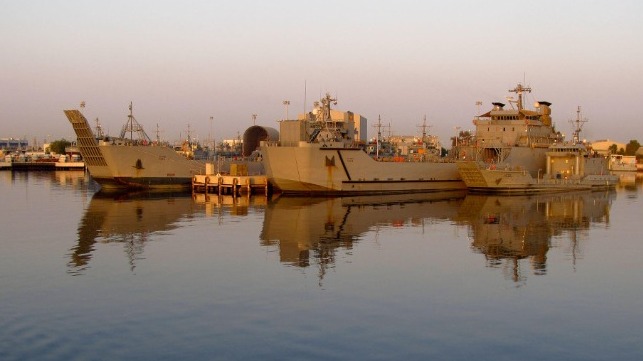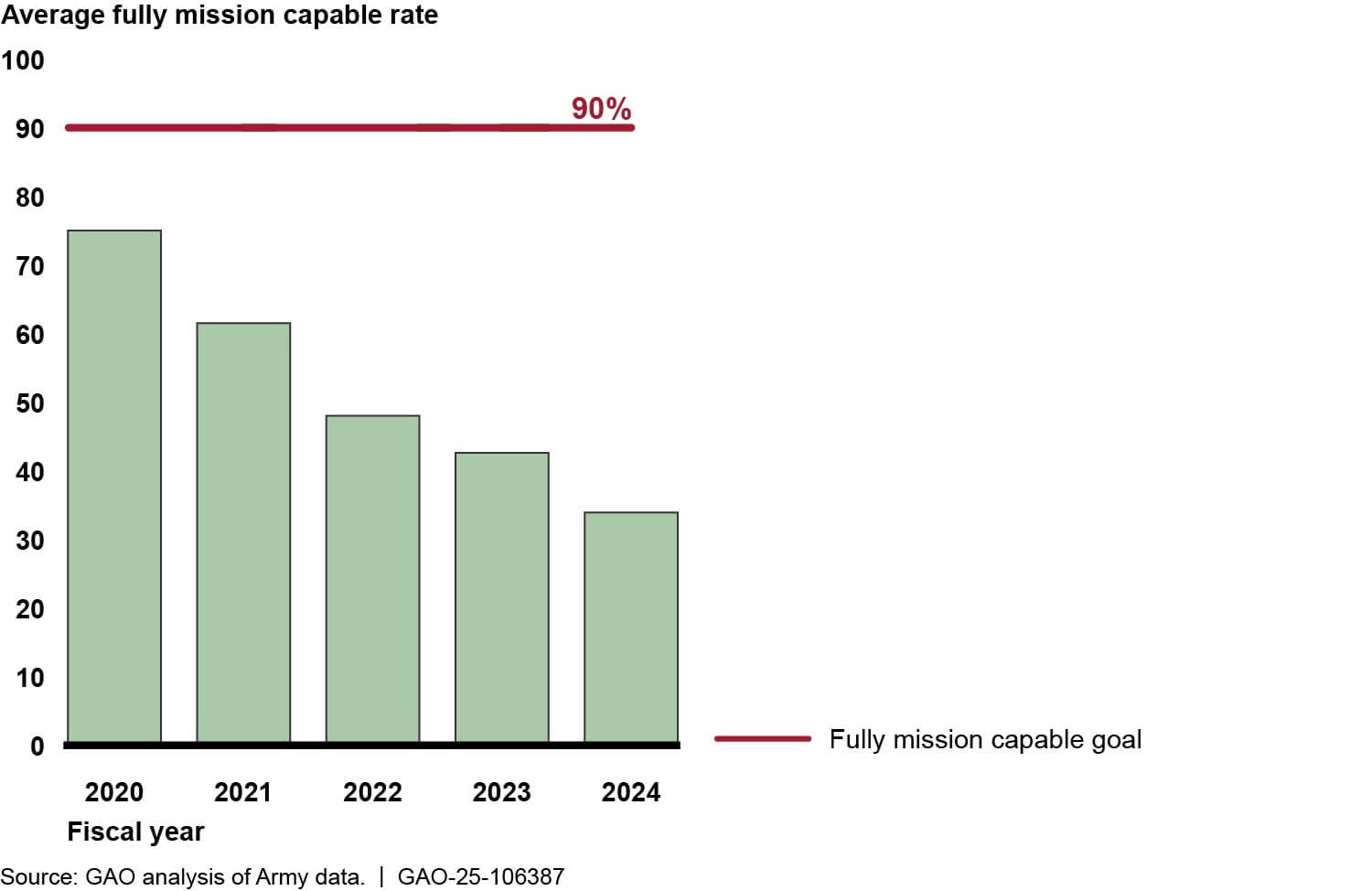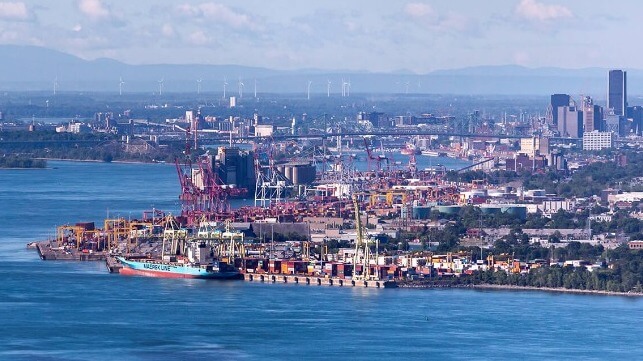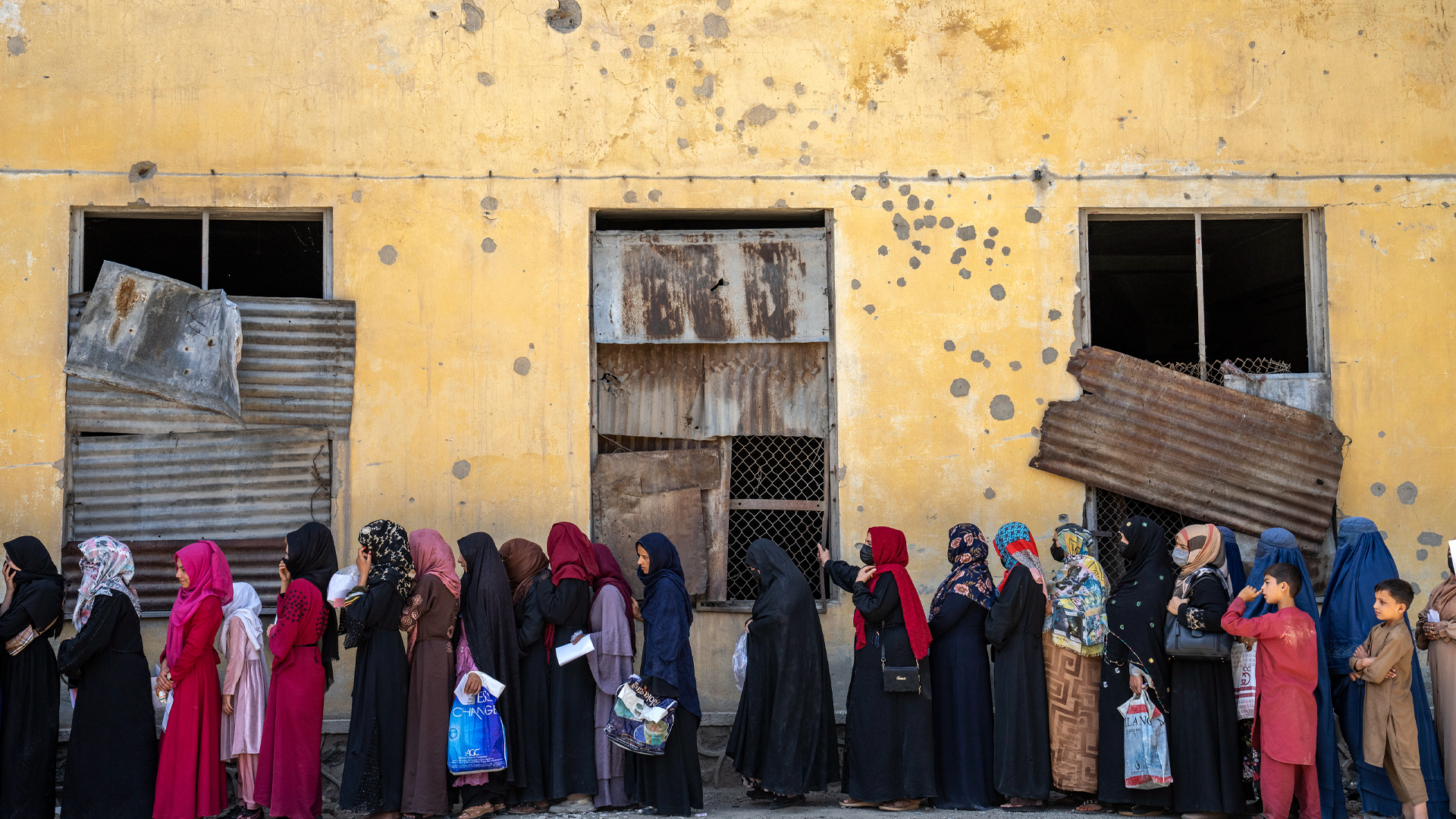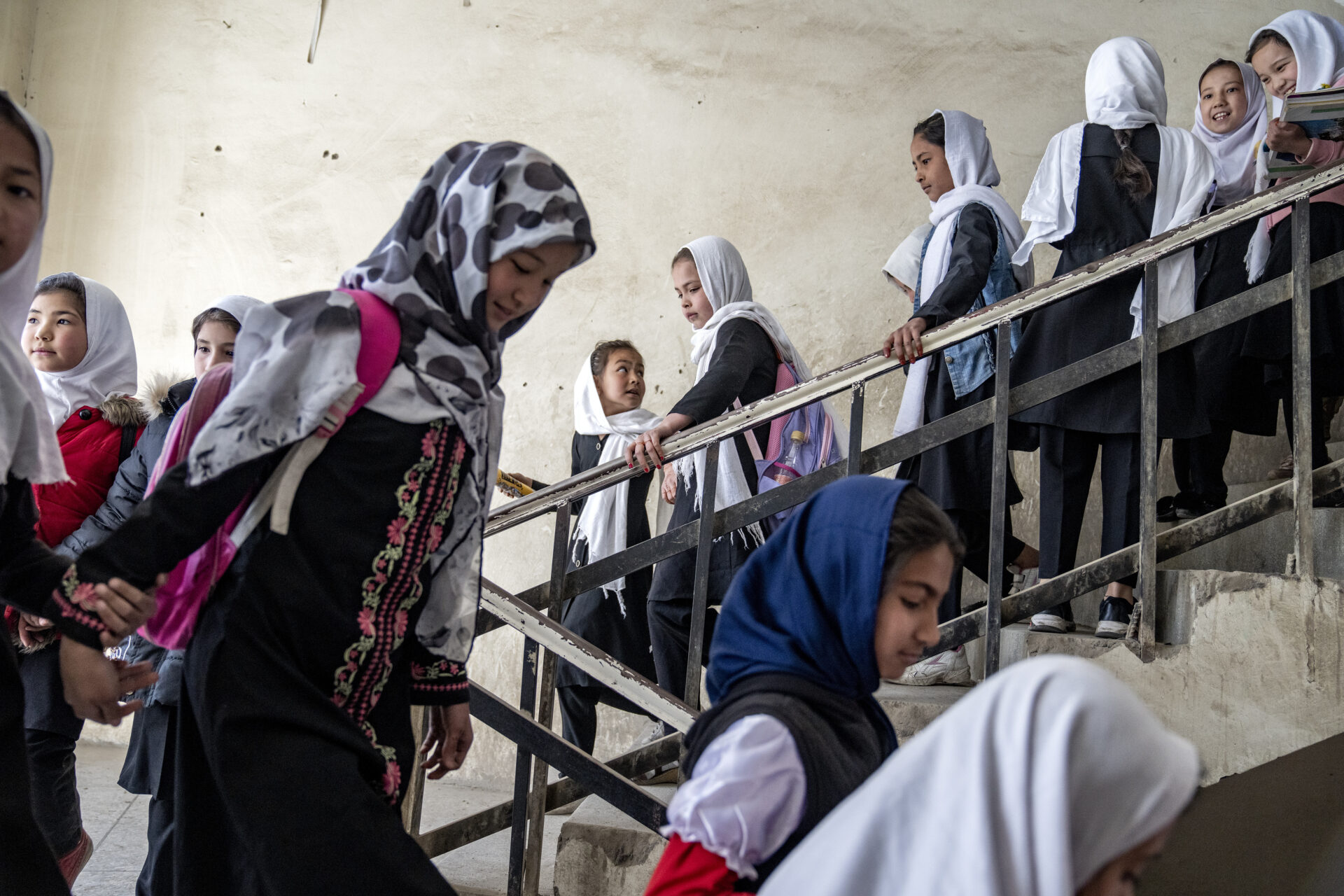OCTOBER 23, 2024
Mike Phipps reviews Monstrous Anger of the Guns: How the Global Arms Trade is Ruining the World and What We Can Do About It, edited by Rhona Michie, Andrew Feinstein and Paul Rogers, with Jeremy Corbyn, published by Pluto.
Sponsored by the Peace & Justice Project, this book is especially timely: once again the world’s largest weapons makers are enabling belligerent states to commit systematic and repeated violations of international humanitarian law and war crimes with impunity. Over the last decade, it was the trade with Saudi Arabia that ignored international treaties and arms export control laws. Today Israel is in the spotlight.
“With over $2.2 trillion spent on defence in 2022, the global arms trade has never been more lawless, more deadly, more corrupt – or more profitable,” argue Rhona Mitchie, Andrew Feinstein and Paul Rogers in their Introduction. The weapons business accounts for half a million deaths every year and is responsible for about 40% of corruption in all world trade. Additionally, the world’s military is one of the biggest contributors to climate change, although as Stuart Parkinson points out, its impact is largely concealed from official statistics – the 2015 Paris Agreement made the reporting of military emissions voluntary. The pervasive influence of the military-industrial complex also distorts the political process, gearing it towards military confrontation as opposed to conflict resolution.
Of the world’s over $2 trillion a year expenditure on armaments, explains Anna Stavrianakis, one-third is accounted for by the US, dwarfing the expenditure of other countries. It also exports arms to over 100 different countries.
Some of the companies involved are outright law-breakers. The author contends that BAE systems established a global money-laundering network, and while its close ties to the UK government may have helped it avoid accountability here, in the US in 2010 it pleaded guilty to conspiring to defraud and was fined $400 million. “Court documents indicated there had been substantial payments to shell companies and intermediaries, false statements had knowingly been made, and there had been a failure to ensure compliance with anti-bribery laws.”
In principle, Western democracies place more restrictions than other countries on the activities of their arms companies – including some observance of international law. Yet this has not stopped the steady flow of Western arms to the Saudi-UAE coalition which has credibly been accused of war crimes in Yemen, including attacks on schools, hospitals, markets and other civilian targets. Loopholes abound: Germany, for example, suspended arms export to Saudi Arabia but continued to export components to the UK which were incorporated into arms for the same country. Direct action protests have been more effective at stopping the trade.
A chapter by the independent Yemeni organisation Mwatana for Human Rights details the full impact of the war on Yemen, where half the population are reliant on humanitarian assistance and only half of the country’s health facilities are operational. The cost of the conflict to Yemen’s economy is estimated at $126 billion and 377,000 people have been killed. Almost 90% of the population has no access to publicly supplied electricity. Two-thirds of the country’s teachers have not been paid in years. The organisation holds the international arms trade responsible for prolonging the conflict.
Vijay Prashad demonstrates how the arms trade distorts international relations, with US embassies abroad becoming lobbyists for the private arms industry, throwing the full weight of American power behind commercial negotiations. He highlights Nigeria, nearly two-thirds of whose citizens live in poverty, despite its immense oil wealth. In 2021, Nigeria increased its military budget by 56% to $4.5 billion – money, like the oil wealth, leached by foreign companies.
Last year, the majority of African governments reduced their investment in agriculture and increased their spending on arms. As Tabitha Agaba and Ian Katusiime explain, this means less food is produced, exacerbating hunger and social and economic tensions. At the same time, the increase in military bases on the continent has fuelled a surge in the trade of illegal arms.
India too has seen a huge proliferation in small arms, as Binalakshmi Nepram details in a chapter on the country, now the world’s biggest arms importer. Women in particular suffer from armed violence and play a significant role in peace and disarmament initiatives.
A similar problem is gripping Latin America. In Brazil, which has the highest homicide rate in the world, there are nearly six times as many privately owned weapons as those under the control of state-wide security forces, as Ana Penido notes. In 2020, Brazilians spent $27 million importing firearms, 34 times more than in 2016.
Last year Antony Loewenstein published The Palestine Laboratory: How Israel Exports the Technology of Occupation around the World. It looked at how Israel developed “a world-class weapons industry with equipment conveniently tested on occupied Palestinians.”
That process has continued in the current, genocidal stage of the conflict, with the IDF experimenting with a variety of robots, drones and shoulder-fired missiles in its onslaught on Gaza. In his chapter in this new book, Loewenstein concludes: “ The use of Palestine as a vital testing ground has become even more brazen since 7th October 2023.”
The devastating human cost of the arms trade in Gaza is explored in a chapter by Ahmed Alnaouq. He lost his great-grandfather when an Israeli bomb killed 150 people at a market in 1948. During the 1967 Six-Day War, his grandparents saw Israeli soldiers indiscriminately shooting people in the streets. Even after the War, “my parents witnessed Israeli soldiers digging holes through school walls to shoot Palestinian students for sport.”
Ahmed grew up in Gaza during the Second Intifada and periodic Israeli incursions and bombardments. It was during the 2008 assault on Gaza that its residents became familiar with the deadly F-16 fighter jet, now produced by Lockheed Martin, responsible for deadly air strikes in the region. His own uncle’s house was repeatedly targeted with internationally prohibited white phosphorus bombs. In 2014, his brother was targeted with an F-16 plane and killed. In the latest onslaught, last October, an Israeli fighter jet dropped a bomb on his home, killing 21 members of his family – his father, two brothers, three sisters, a cousin and 14 nieces and nephews, all under the age of 13.
Part Three of the book looks at global campaigns against the arms trade. Stop the War convenor Lindsey German looks at the role of that organisation, but unfortunately it’s a flawed account that attempts to portray Russian imperialism’s unprovoked war on Ukraine as “a conflict between major powers possessing nuclear weapons”, because of the supply of Western arms to Ukraine. As Michael Calderbank argued on this site a year ago, “Simply calling the conflict ‘NATOs proxy war’ strips Ukrainians of any agency. It erases from the picture Putin’s military aggression and its brutal treatment of Ukrainian civilians.”
One wonders if Russia would have dared invade if Ukraine had the latter not willingly given up its nuclear weapons in the interests of peaceful relations with its colonial neighbour in 1994. In fact, Ukraine did not just give up these weapons – it transferred them to Russia and became a party to the Treaty on the Non-Proliferation of Nuclear Weapons, in exchange for assurances from Russia to respect Ukrainian independence and sovereignty within its existing borders – assurances that later proved worthless.
There are also contributions from direct action group Palestine Action, which has targeted Elbit Systems, which supplies 85% of Israel’s military drone fleet; and Carmen Wilson, Director of Operations at Demilitarise Education, which has succeeded in getting some universities to stop investing in armaments.
Investigative journalist Lorenzo Buzzoni reports on efforts by workers to oppose the arms trade, such as the refusal of Belgian transport workers in late October 2023 to handle military equipment being sent to Israel, followed by similar steps in Barcelona and Italy.
Despite these important efforts, world military expenditure is rising significantly, as new wars create new markets. Arms companies are a spearhead of neoliberal fundamentalism, working hard to avoid regulation, and lobbying states to promote their interests.
The wars they profit from solve nothing: Israel’s decades-long militarized response to the Palestinians will never suppress their desire for self-determination any more than Russia’s onslaught on Ukraine will crush the latter’s commitment to an independent state. Ultimately the power of the arms trade will be reduced only as part of a wider struggle for a fairer world order and more truly democratic, equal societies.
Mike Phipps’ book Don’t Stop Thinking About Tomorrow: The Labour Party after Jeremy Corbyn (OR Books, 2022) can be ordered here.
LA REVUE GAUCHE - Left Comment: Search results for PERMANENT ARMS ECONOMY
